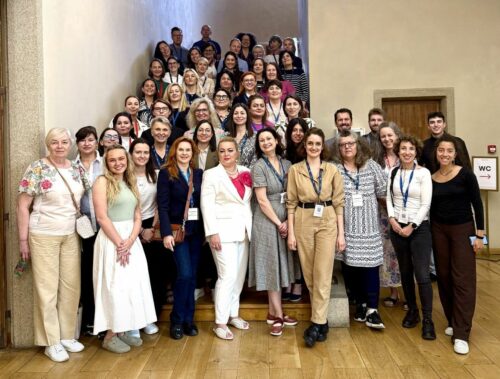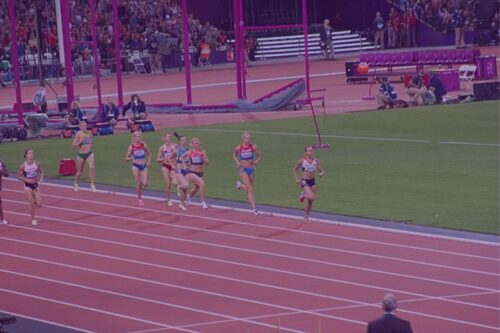Defining the 4IGEPs: The four essential terms for transformative gender equality plans.
In sports higher education institutions, achieving gender equality is not just a goal but a necessity. Gender equality plans are crucial to triggering a transformative, institutional inclusive and sustainable change to sports. However, lack of explicit definitions sometimes hinders progress, leaving individuals and organisations without clear understanding and precise guidance. To address that, our team has defined the game, focusing on four key attributes to developing impactful gender equality plans (4I-GEPs): impactful, inclusive, innovative, and intersectional.
Our SUPPORTERs have formulated the definitions below, drawing from a literature review and their diverse perspectives and experiences.
- Innovative: An innovative GEP entails the implementation of measures that demonstrate originality and creativity in fostering gender equality. This may involve introducing new ideas, concepts, and intersections; employing advanced participatory methods; forming unconventional partnerships; or implementing targeted actions to address emerging challenges. In other words, an innovative GEP offers out-of-the-box solutions to address common GE issues, while being inclusive, intersectional and impactful.
- Intersectional: An intersectional GEP considers gender in relation to its intersections with other sociocultural, economic and political inequalities such as race, ethnicity, class, sexuality, age, dis/ability, nationality and so on, and proposes actions which take into account how different forms of inequality and disadvantage interconnect.
- Inclusive: GEPs should address inclusiveness in its design, implementation, and evaluation in the following forms: 1) inequalities and inclusivity by considering other sociocultural factors in relation to gender+ such as race, ethnicity, age, sexuality, disability etc.; 2) geographical inclusiveness by recognising the local and regional differences between organisations and enabling knowledge transfer from more advanced to less experienced organisations; 3) internal inclusiveness by engaging internal stakeholders ranging from students, administrative and academic staff to top management; and 4) intersectoral inclusiveness by engaging external stakeholders.
- Impactful: An impactful GEP entails a growing institutional capacity of the organisation for gender mainstreaming along a number of pre-identified intermediate stages and themes for change. Twelve key themes have been identified: core team of change agents; capacity/skills of the change agents for driving institutional change for gender equality; leadership actively committed to gender equality/gender mainstreaming; availability of resources; data collection and statistical analysis; involvement of internal stakeholders; involvement of external stakeholders and experts; coverage of the different dimensions/areas of gender equality; Institutional change; transparency and accountability; institutional policy-making based on robust understanding of gender equality; organisational culture; and organisational governance.
Having a shared understanding of key terms is just the first step; the real work lies in translating this knowledge into action by developing and implementing gender equality thus creating an environment for everyone to thrive in sports.
References:



